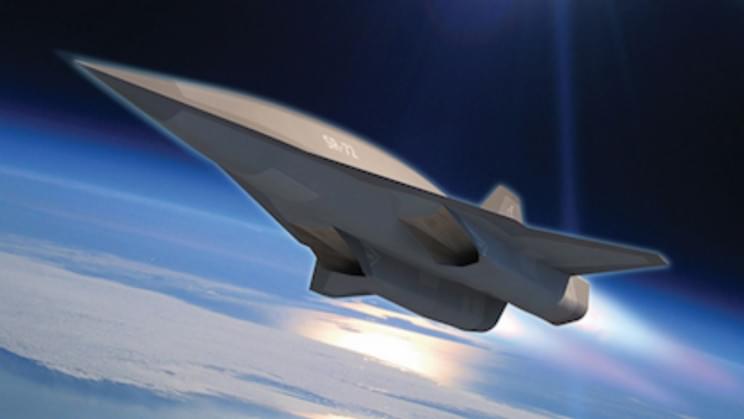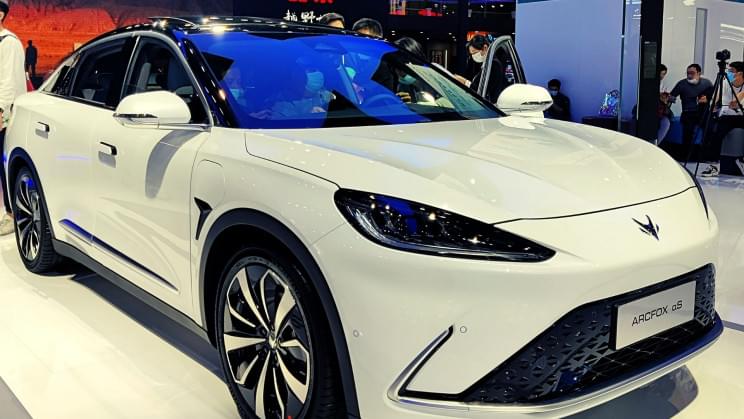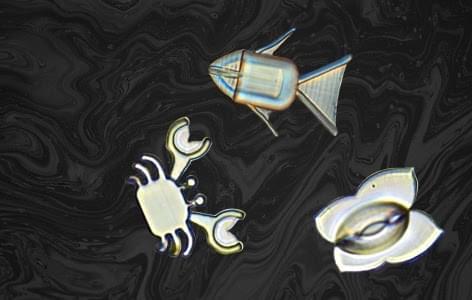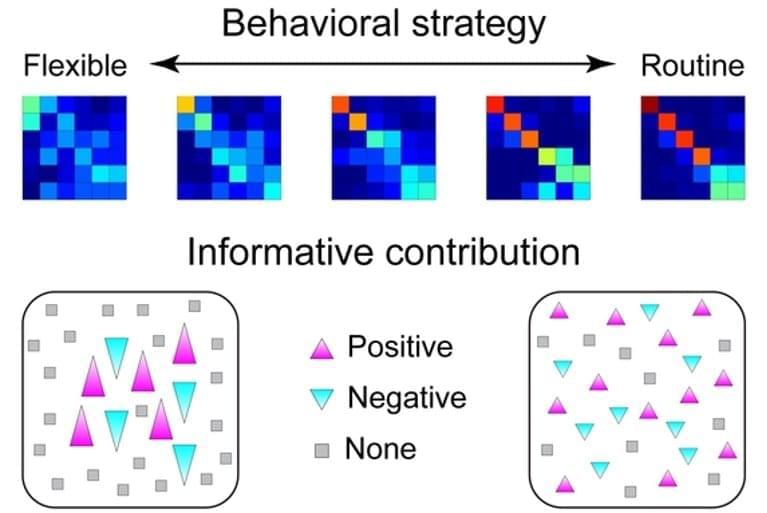Dec 24, 2021
The World’s Fastest Plane’s Successor Will Reach Over 4,600 Miles
Posted by Gemechu Taye in categories: robotics/AI, surveillance, transportation
Lockheed Martin’s new hypersonic plane is expected to travel at Mach 6.
The Lockheed Martin SR-72, which is rumored to be the world’s fastest plane, is expected to make a test flight in 2025, eight years after its private proposal in 2013.
SR-72 will be the successor of the SR-71 Blackbird, the fastest manned aircraft which smashed speed records in 1974 and was retired by the U.S. Air Force back in 1998.
Continue reading “The World’s Fastest Plane’s Successor Will Reach Over 4,600 Miles” »


















